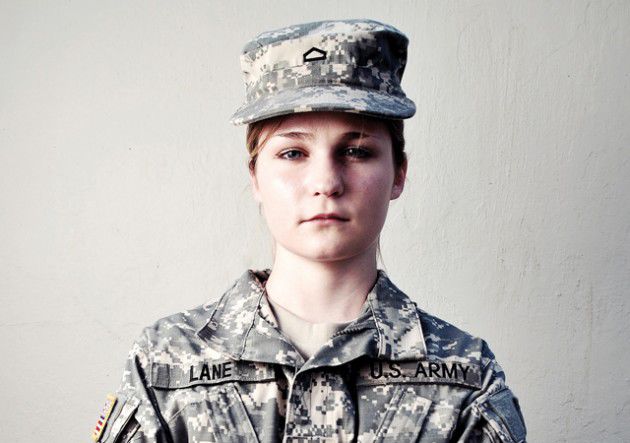Women in command
April 7, 2010
While it was hard for freshman Erin Lane to go from flip-flops to combat boots, it wasn’t long before her experience in the Army ROTC program at Villanova reaffirmed her decision to join.
The ROTC program at Villanova has a powerful presence on campus, and it provides opportunities for not only men but women as well.
In fact, females make up a substantial portion of ROTC participants – about one-third in both the Army and Navy ROTC programs.
“Women are held to the same expectations as the men,” says Emily Davidson, a freshman in the Naval ROTC program, which consists of 113 members, 38 of whom are female.
Lane echoes these sentiments.
“We’re all treated the same,” she says. “We do the same exercises, the same assignments in class.”
That is not to say that the Army and Navy ROTC programs Villanova commands are wholly without gender disparities, according to Davidson.
“The girls in the program tend to stay together,” Davidson says. “You will see ‘boy’ tables and ‘girl’ tables at lunch.”
Women, as the minority, have created a sort of bond because of their shared experience, according to Davidson
“It’s kind of like a support system among girls, where we look out for each other,” she says.
In the Army ROTC program, which consists of 27 members, nine of whom are female, the experience is different, according to Lane.
“We kind of group together as a freshman class,” Lane says. “There are a lot of freshman girls in ROTC [compared to the upperclassmen], so both guys and girls stay together. We don’t really separate.”
In fact, Lane looks forward to “Spit” dinners at Donahue Court, where freshmen in ROTC interact and are identified by the uniform they wear, not the gender of the person wearing it.
“At first, it was kind of strange wearing the uniform,” Lane says. “I’d get looks for it. But once you get used to it, you realize you are respected.”
Female members of ROTC have not been deterred by the masculinity historically associated with the military, finding, among other reasons, the leadership opportunities, financial incentive and family legacy to be more important factors.
“I’m from a naval family, and I knew that I wanted to be in the Navy, so it was either Annapolis [the Naval Academy] or ROTC,” says Ali Haas, a freshman in the naval ROTC.
Lane, whose sister was also in ROTC at Cornell University, was inspired by her sister and the experience she had in the program.
“She told me about how it gave her greater leadership ability,” Lane says. “I was a little nervous to join, but I think it was the right decision.”
At Physical Training, members have to randomly lead certain exercises, counting them off for the group of both males and females.
“There’s no room for shyness,” Lane says.
Besides the prospect of financial scholarships, the program also helps men and women alike achieve their post-college goals. Upon graduation from the program, ROTC members are automatically Second Lieutenants and must serve a tour of duty.
“Some discrimination against women is to be expected,” Davidson says. “Some people are just stuck in their old ways.”
Still, as more and more women join the ROTC program, there has been a shift in the perception of females in the program.
“Women can’t fight; we are limited, but we can still serve our country,” Lane says. “After you graduate from ROTC, you will have many job opportunities, and it’s nice to know that you will be doing something with your life, helping your country — not just sitting around.”
Since they are a minority, females in ROTC often see the need to set an example for all women in the military. According to Davidson, women in this program must be strong for all the females enlisting in the U.S. military. These women have a heavy burden to carry, but judging from the packs they carry on their backs, they are more than used to it.












